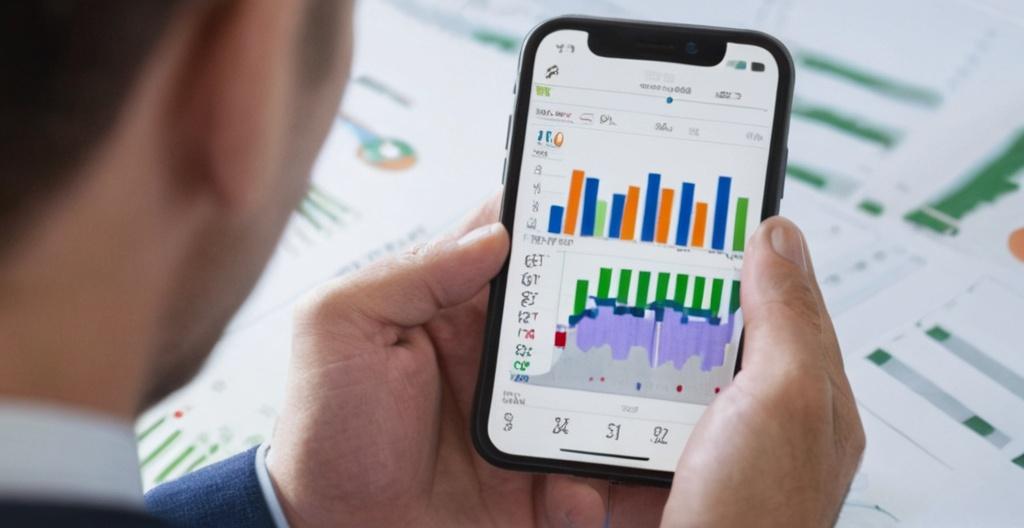Key Take Aways About Clearing and Settlement in Equity Markets
- Equity markets have evolved from physical trading floors to digital platforms.
- Clearing involves matching and confirming trade details between parties.
- Clearing houses act as intermediaries, reducing counterparty risk through netting.
- Settlement finalizes the trade, transferring securities and funds, typically in T+2 days.
- Risks include counterparty, operational, and liquidity risks.
- Technology enhances speed and efficiency, with algorithms and blockchain playing significant roles.
- Cybersecurity challenges increase alongside technological advancements.
- Clearing and settlement are vital to maintaining market operations.

Understanding Clearing and Settlement in Equity Markets
Equity markets have gone from being bustling trading floors with frantic shouting to sophisticated digital platforms. However, one critical aspect of this transformation is the clearing and settlement process. Although most investors may not focus on this, it keeps the entire market engine running smoothly.
Clearing is the part where trade details get matched and confirmed. It’s where you ensure that both parties agree on the terms of the trade. There’s a lot of “you got what I ordered, right?” going on. Once the trade details have been confirmed, it’s on to the next step: settlement.
The Role of Clearing Houses
The MVPs of this stage are the clearing houses. They act as middlemen, making sure everything runs like a well-oiled machine. They reduce the counterparty risk by guaranteeing that the buyer gets the shares, and the seller gets the money. How? Well, they become the buyer to the seller and the seller to the buyer. A bit two-faced, perhaps, but effective.
Clearing houses use netting to settle trades, which is essentially the financial equivalent of cleaning up your room before your mom yells at you. They offset multiple positions to minimize the amount of money and securities exchanged.
Settlement
Think of settlement as putting a bow on a gift. It’s all about making the transfer official. You might have heard the term T+2 floating around. This is where it comes in. T stands for the trade date, and the number indicates the number of business days it takes to settle. Back in the day, it was T+5. We’ve come a long way.
The process involves the actual delivery of securities from the seller to the buyer and payment to the seller. Anyone who’s ever sent a risky text and immediately regretted it can relate—once it’s done, it’s done.
Risks Associated with Clearing and Settlement
No system is perfect, and this one’s not an exception. Here are a few risks you might come across:
- Counterparty Risk: What if the other guy defaults? That’s where the clearing house steps in, making sure it’s not the end of the world.
- Operational Risk: Mistakes happen. Systems fail. Usually, human error or technical glitches make things interesting for all the wrong reasons.
- Liquidity Risk: Imagine being ready to settle, but the funds or securities are nowhere to be found. Not ideal, right?
The Role of Technology
Tech has made things faster, more efficient, and—dare I say—more interesting. Modern systems use algorithms to match trades in milliseconds. Blockchain technology is also stepping onto the stage. With its decentralized ledger, it could revolutionize how we think about clearing and settlement.
While these technological advances are exciting, they also bring new challenges. Cybersecurity is a biggie. Keep your data safe, folks.
So, next time you make a trade, remember the intricate process going on behind the scenes. While it’s easy to get caught up in charts and technical analysis, this background work ensures that the market wheels keep turning.
Clearing and settlement may not be the most glamorous part of trading, but without it, the entire market would come to a standstill. Even if you’re focused on your next big investment, spare a thought for the folks making sure your buys and sells go off without a hitch.